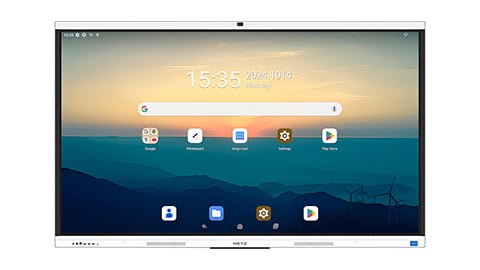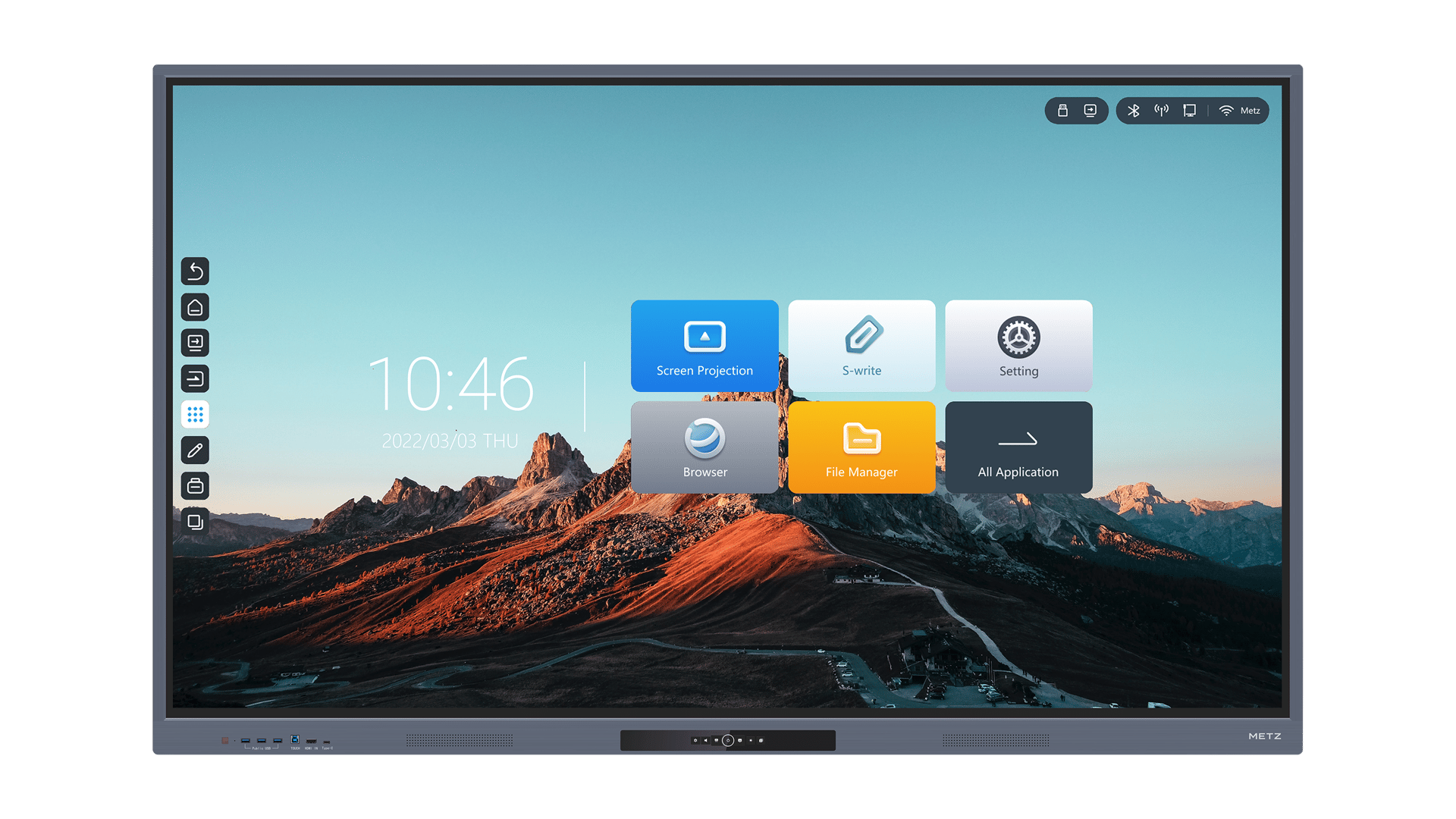Technology has grown quickly over the past few years across many industries, and the education sector is no exception. In schooling, technology is used almost daily. No matter how many kids you have, teachers now routinely incorporate technology into the classroom.
In this article, we'll examine the many advantages of incorporating technology into the classroom and, most importantly, we'll offer you some realistic suggestions for how to do it.
Technology in the Classroom: Its Value
Today's classrooms have benefited from the use of technology, which has altered how both students and teachers are taught.
Teachers that use technology in the classroom take advantage of something that pupils enjoy doing and, more importantly, open up a world of knowledge that is unlimited. Students now have access to material outside of what is published in their textbooks thanks to classroom technology. Additionally, they have access to e-books, teaching aids, digital portfolios, and real-time evaluations of student and teacher performance.
The Advantages of Technology Use in Education
Education technology is not a trend; rather, it is the direction that almost all schools are moving in. Let's examine the main justifications for why educators use technology with their pupils and teachers.
Increased Engagement
The capacity to create an interesting learning environment, which enhances students' ability to remember material and maintain interest in the course, is a noteworthy advantage of utilizing technology in the classroom. Students are more engaged in their studies when technology is used in the classroom.
This is corroborated by a six-year study of Rochester Institute of Technology students in New York. More technology was included into the teaching process of the institution's engineering-technology course in an effort to lower the percentage of students who dropped out or failed it. 90% of research participants said that technology improved their ability to learn and retain information.
encourages cooperation
Collaboration is essential for creating a stimulating learning environment. Technology presents an ideal chance to enable and encourage student dialogue. Students can collaborate on a variety of tasks, for instance, by sharing documents on virtual learning tools or working together with classmates via chat apps. With technology, student collaboration continues outside of the classroom.
Adapts to Various Learning Styles
Whether reading, listening to lectures, or watching videos, technology permits teachers to accommodate almost any preferred learning method.
At their own pace, students can learn by playing interactive online games, listening to audiobooks, or watching online videos. Teachers and students can both quickly obtain the most recent knowledge because online content can be easily updated.
Students can pick up valuable skills
The majority of professions today require digital abilities. Once they begin their jobs, today's students must be completely versed with contemporary digital tools. Some of the technologies that students use in the classroom to help them get ready for the future include interactive whiteboards, computers, and video conferencing capabilities.
Including technology in the classroom
As we've already discussed, a variety of technology and learning tools make it easier for teachers to engage students by enabling access to a wealth of information and engaging activities. Here are some instances of tools and technology that can be useful for both teachers and students:
Laptops or tablets
In comparison to students who depended on paper textbooks (58%), 78% of pupils who used tablets achieved good ratings in topic comprehension, according to a 2012 Houghton Mifflin Harcourt survey.
Tablets and laptops can be used by teachers to give pupils access to films, instructional games, and other resources. For instance, a history instructor covering the topic of the Medici Family's cultural significance would assign students to take a virtual tour of the Uffizi Gallery, paying particular attention to the works of art they commissioned.
Games for Learning
Gamification in education refers to the integration of games components—such as rules, scoring, rivalry, and rewards—into the instructional procedures.
According to a meta-analysis published in 2020, gamification enhances students' capacity to think and act in ways that support learning, particularly when it occurs in the context of cooperation. It also increases the fun of learning!
To promote healthy competition, lessons might be transformed into virtual games with digital prizes. The assessment and evaluation process can also be made more fun for students by gamifying it.
Digital whiteboards.
Interactive whiteboards are useful for both in-person and online instruction. They provide you the opportunity to work together, interact, discuss, highlight important areas, and so much more. With interactive whiteboards, teachers can add any kind of media to their board, including images, audio chats, videos, and files, in contrast to standard whiteboards.
The ability for presentations to be recorded and retrieved long after the course is done is another important feature of smart whiteboards. This gives the students the ability to complete any difficult subjects, lessons, and class notes independently, ensuring that they are acquiring the proper material.
Tools for Collaboration
Students can use collaboration tools to be imaginative, share knowledge, collaborate on projects, and obtain feedback from teachers.
Traditionally, student collaboration involved making notes or posters of their joint effort. But because to technology, kids may now create a digital idea bank. Students can write and draw on the same page while using software like Vibe Canvas, whether they are using a personal device or an interactive whiteboard. Students can use this to create fully interactive, collaborative projects and documents.
Advice for Using Technology in Education
For schools, incorporating technology into the classroom may seem daunting. The resources required are a major factor in this. The age of the students involved should be taken into account as well before making any digital investments for your students.
Using technology in elementary school classrooms
Many educators are utilizing technology as a tool to improve and promote early childhood learning. Using tablets, programmable toys, and other kid-friendly tools and resources are necessary for this. These interactive games can be used by young pupils to improve their reading, spelling, math, and phonemic awareness skills.
Using technology in the classrooms of middle schools
Technology can be utilized by middle school students to finish and turn in their assignments, essays, class projects, and more. Teachers can simply alter assignments to match students' strengths and weaknesses with a better organized procedure for submitting student work.
Technology integration in high school classrooms
High school classes can use technology to change how pupils learn and assimilate information. When attending classes or check-ins in person is not an option, students can hold virtual meetings with their instructors using tools like video conferencing, for instance. Students can share projects with each other using online storage services like Google Drive, which promotes cooperation and learning outside of the classroom.
Schools may make sure that their pupils are well-prepared not just for further schooling but also for the modern workforce by incorporating these tools and technologies into their everyday curricula.
Our related products:
> H Series Interactive Displays
> Y Series Interactive Displays
Please do not hesitate to send a message an email if you want to know more about us or have any questions






